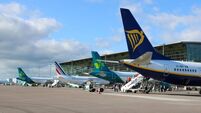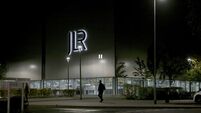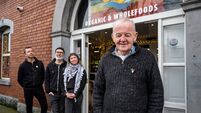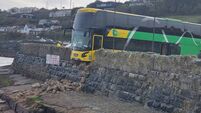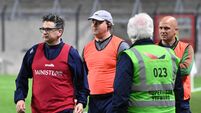Our Wild Atlantic Way faces Brexit test
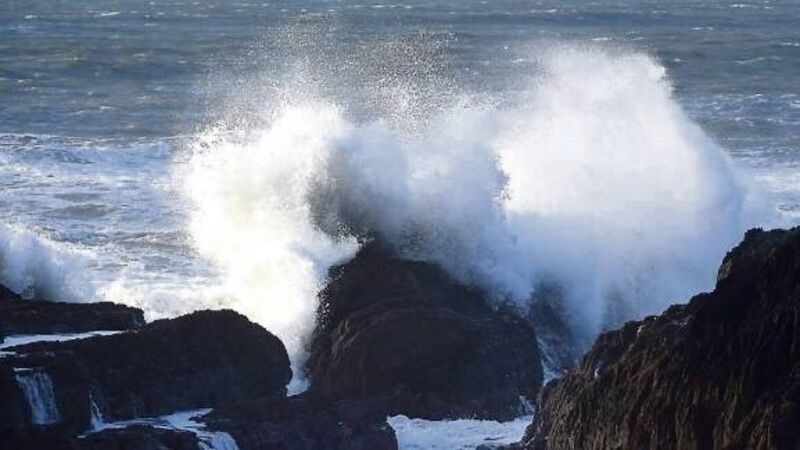
With the arrival of Easter traditionally taken as the start of the Irish tourist season proper, the portents for 2018 seem grounded in a healthy optimism for another bumper year.
Within the varied panoply of tourist offerings around the country, the Wild Atlantic Way seems assured of playing another major role in the coming year’s success.
Though little more than a few years old, this meandering trail through some of the country’s most scenic areas has proven one of the great success stories for marketing Irish tourism.
Promoted through a campaign that lured tourists to enjoy the 2,500km road trip with the strapline, “Where land and sea collide”, it has helped breath a fresh lease of tourism life along previously overlooked towns and villages from Derry and Donegal’s scenic Malin Head all the way down to Kinsale’s gourmet delights.
For the coming 2018 season, however, the joys of this route “where untamed beauty abounds” will be tested to the full in a marketing campaign geared to re-awakening what has recently become a reluctant market, our nearest neighbour, Britain.
While just over 9.9 million overseas visitors came to Ireland in 2017, the highest number on record reflecting an increase of 3.6% on 2016, visitor numbers from Britain declined 5% to 3.7 million visitors — a decrease of 200,000 on the previous year.
With the British holidaymaker traditionally cherished as a good spender and loyal return visitor by hotelier and B&B landlady alike, a new campaign designed to counter the sterling slump from the Brexit effect may yet see the Wild Atlantic Way playing its part in Irish tourism’s finest hour.
The “Wonders of the Wild Atlantic Way” aims to target 10 million Britons through a €1.35m marketing campaign in Britain, complemented by a Fáilte Ireland €500,000 programme to support businesses along the route.
“As our nearest neighbour and one of our top markets for overseas tourism, Britain remains a priority,” says Niall Gibbons, chief executive of Tourism Ireland.
We are very much aware that Brexit has impacted on consumer confidence and, in turn, on outbound travel from Britain, including to Ireland.
The slump in the value of sterling against the euro ensures that value for money must be a key message in Britain.
“An important element of this campaign is the co-operative advertising with airlines flying to airports along the Wild Atlantic Way--highlighting good value offers and ease of access, helping to convert interest into business,” says Mr Gibbons.
The Tourism Ireland campaign in the UK will likely pale in comparison to what may turn out to be the most effective free advertising: The multitudes attracted to these shores as a result of Star Wars: The Last Jedi.
Filmed on Skellig Michael as well as other locations in Kerry, Cork, Clare, and Donegal, Fáilte Ireland has worked with local businesses to develop itineraries along the Wild Atlantic Way.
The blockbuster has already generated a significant increase in bookings.
The experience of the movies Ryan’s Daughter and The Quiet Man, made in 1971 and 1952 respectively, shows they still attract tourists.
“Locals have seen a positive economic benefit in business since the filming of the last Star Wars movie, particularly with regard to boat providers, restaurants, pubs, and accommodation,” says Fiona Monaghan, who heads up the Wild Atlantic Way at Fáilte Ireland.
“We are working to make the most from the increased exposure provided by the films,” she says.







